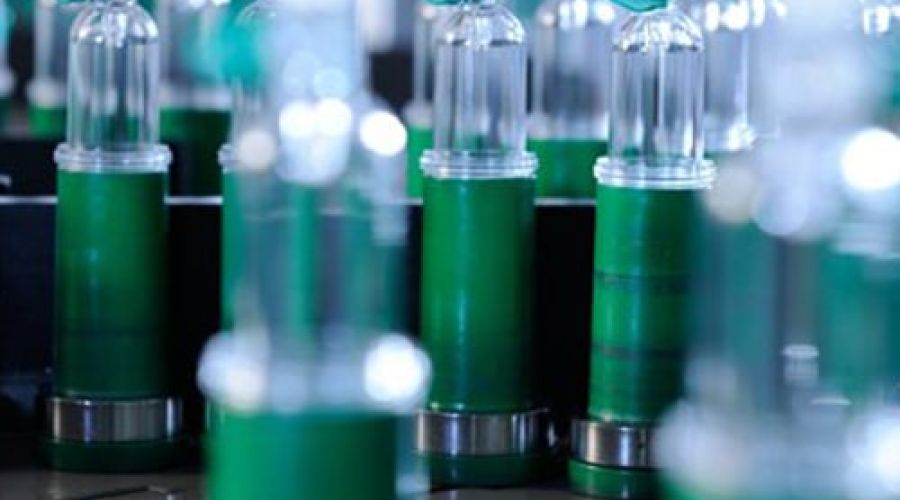
Life Science in the Age of Industry 5.0
The life science industry is encountering similar challenges that compel companies to evolve and become more flexible.
Industries must address several critical issues, including sustainability, minimizing the effects of manufacturing processes, and building resilience. Moreover, life science industries must focus on regulations and quality, standardizing manufacturing processes and products, and ensuring the safety of devices or drugs. Automation, and therefore the interfaces between humans and machines, is a key focus in this sector. Highly automated processes are essential to counteract the overall reduction in public spending on healthcare.
Additionally, waste generated after use should be treated in a specific manner and this is one of the additional key-challenge if we consider the entire life cycle of a products belonging to this sector.
The life sciences sector, which includes both MedTech and pharmaceuticals despite their varying manufacturing processes and products, is encountering numerous challenges similar to other industries. Key areas of concern include resilience, sustainability, and the interaction between humans and machines.
This summary will focus on the manufacturing aspect of medical devices (or drugs), excluding the environmental impact of the broader healthcare system.
As starting point for our content, sustainability presents a significant challenge, requiring the healthcare sector to balance the pursuit of cutting-edge medical solutions with efforts to minimize environmental impact. This entails implementing green practices like reducing waste and energy use, and encouraging the adoption of renewable resources, while still delivering advanced technologies and life-saving treatments.
Sustainability in the life sector can be implemented both at the production stage (manufacturing sites) and at the product/process level. Transitioning manufacturing processes to more sustainable methods involve similar requirements and overall approaches as in other sectors, but it faces additional challenges due to necessary regulations and standardisation.
There are numerous ongoing projects focused on incorporating new technologies and devices to reduce the environmental footprint of this sector. A quick web search will reveal many of these initiatives.
For an initial overview, the following papers can be cited: “Smart waste bin monitoring using IoT for sustainable biomedical waste management” (Ishaq, Aliyu, et al.) or “COVID-19 Biomedical Waste Disposal Management Challenges, Solutions and Prospects During and Post COVID-19 Pandemic” (Sawant, Deepak, and Shivaji Kashte).
Naturally, Industry 5.0 demands highly skilled and distinguished professionals. Hence, it is essential to incorporate new competencies within the life sciences sector that can combine industry-specific requirements with the growing need for sustainable processes and products.
Additionally, interaction between human and machines is key during the production processes, considering also the level of automation and the economies of scale needed especially in the biomedical sector. Indeed, it is necessary to combine production quality, economies of scale and regulatory frameworks requiring high standardization and reproducibility.
Automation and economies of scale could support to find a balance between the increasing request of lower prices for products; public healthcare system is decreasing the overall expenditure (especially in Europe).
Ultimately, resilience remains a crucial focus for the life sciences industry. Recent pandemics, climate changes, and natural events highlight the vulnerability within the supply chain and the entire sector. Evolving requirements and a heightened emphasis on safety necessitate continuous enhancements and adaptations by companies. Adaptability is one of the key features that probably also life science industries should address. In this context, Industry 5.0 offers robust support, delivering technological solutions to navigate and manage unforeseen challenges effectively.
Industry 5.0 could be the instrument and a tool allowing to overcome the challenges of the coming years, allowing Life Sector to innovate and create a better place to work. When industries are going to start developing a new device, a new drug, a new process, etc, should consider also specific requirements such as sustainability, resilience and human centricity. Partially this is already done, for example, in the biomedical/med tech sector, where regulations specifically address the “usability” concept for new products. However, the transition is still ongoing, and it will require some additional efforts.
At the end Industry 5.0 could be considered as a tool to manage uncertainty and changes
Bibliography:
- The Trends And Challenges Facing The Health And Life Sciences Sector – Healthcare Business Today
- 2024 Global Life Sciences Sector Outlook | Deloitte Global
- Five ways life sciences can demonstrate resilience in an economic downturn | McKinsey
- Ishaq, Aliyu, et al. “Smart waste bin monitoring using IoT for sustainable biomedical waste management.” Environmental Science and Pollution Research (2023): 1-16.
- Sawant, Deepak, and Shivaji Kashte. “COVID-19 Biomedical Waste Disposal Management Challenges, Solutions and Prospects During and Post COVID-19 Pandemic.” Impact of COVID-19 Waste on Environmental Pollution and Its Sustainable Management: COVID-19 Waste and Its Management. Cham: Springer Nature Switzerland, 2024. 339-351.
Leave a Comment
You must be logged in to post a comment.